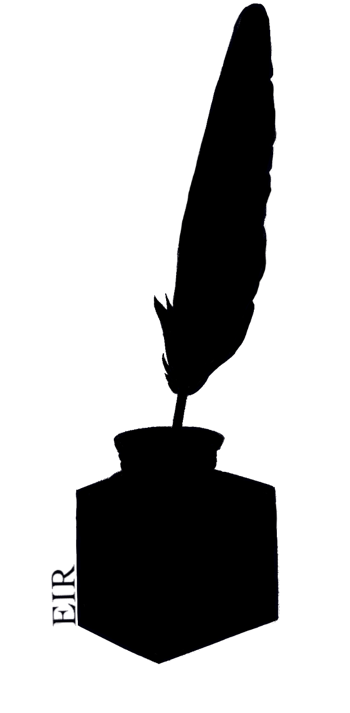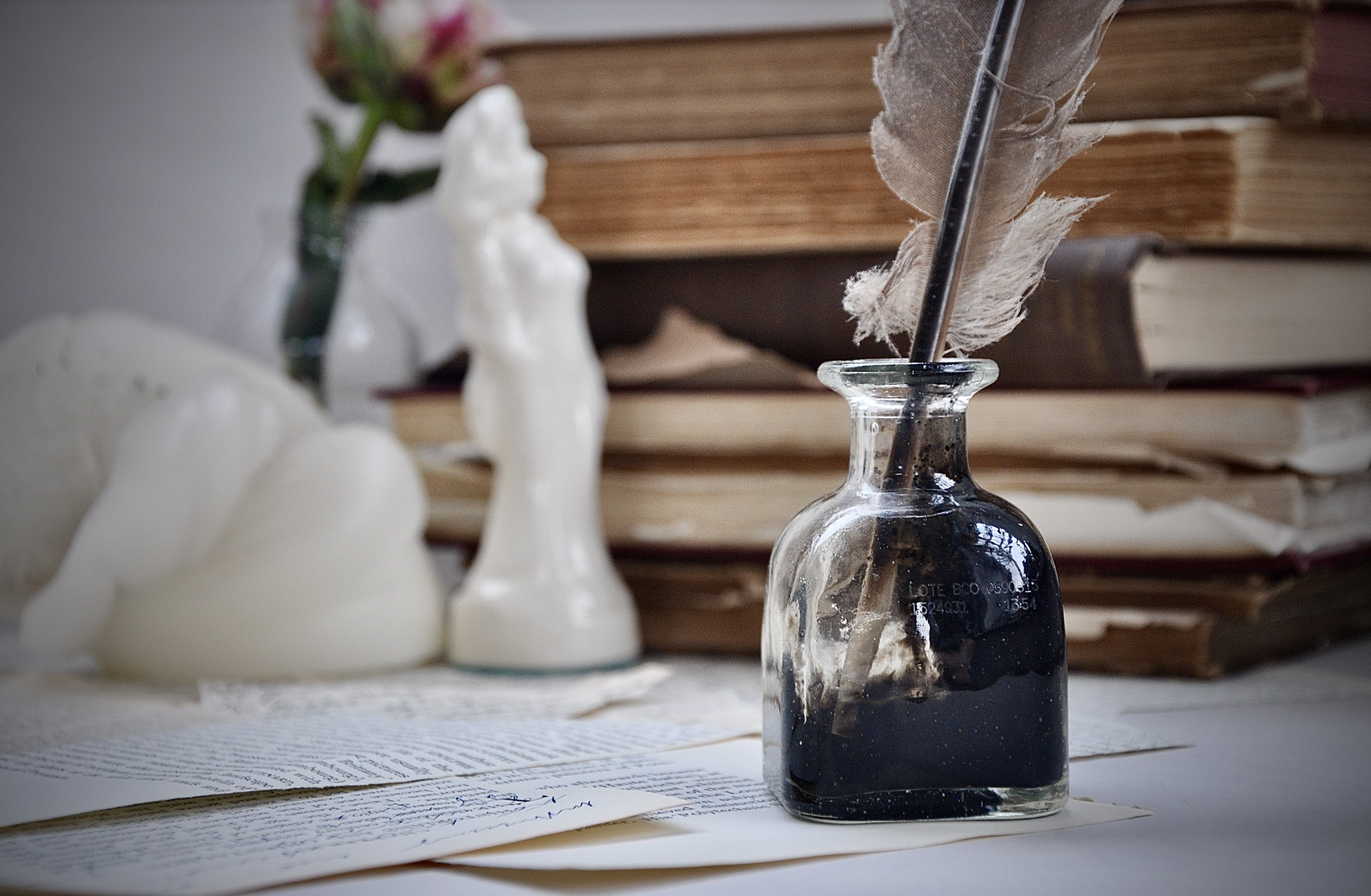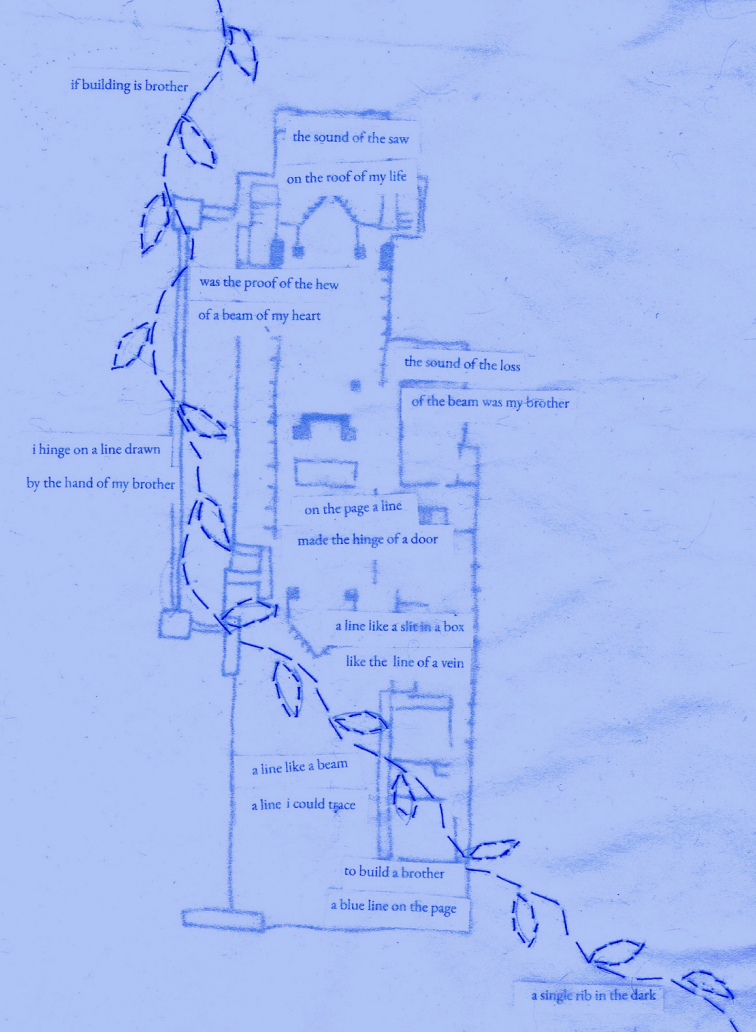How to Consume Poetry (For Beginners)
“But all they want to do / is tie the poem to a chair with a rope / and torture a confession out of it.”
—Billy Collins, “Introduction to Poetry”
Everyone has poetry baggage: nursery rhymes, children’s hand games, forced analysis in school. We carry these experiences into each new poem we encounter.
When I ask people what they think about poetry, most answer that they don’t understand it. This is a perfectly reasonable answer. I don’t understand poetry either. But it’s not meant to be fully understood. Nobel Prize-winning poet Louise Glück wrote that poetry “cannot be entirely accounted for, it cannot be exhausted.” A word on the page isn’t just a word; it’s a door, with anything and everything behind it, and so many hallways between each one.
So how should you go about reading a poem, if its material is so elusive? Feel each poem before you try to think about it. Many people are surprised to discover what is considered “poetry” extends beyond little groupings of words. Don’t bother trying to push the art into a category. Don’t think that since the poem has a joke in it, you’re supposed to laugh. No two people will have the exact same reaction to the same poem, because they don’t have the same experiences and baggage informing them.
Obviously, because poetry is so broad, this approach will not work for every poem. Accept that. This is meant to be a starting place. This method is meant to be a starting place for you to develop your own strategies and preferences.
Generally, when encountering a new poem, read straight through first. Then, if you can, read it out loud. Try it with the excerpt below, from Alison Thumel’s “Coping.” Listen to the way the sounds move together. If you can’t read it out loud, imagine what it sounds like being read aloud. Once you’ve read it once, assess how you felt in experiencing the poem. What memories or thoughts did it trigger for you? What other films, books, or social media videos are you reminded of? Let your mind wander.
This is an excerpt from one of my favorite poems, “Coping” by Alison Thumel. Read the whole piece here. It contains a floor plan of modernist architect Frank Lloyd Wright’s Robie House. Originally published in POETRY Magazine, January 2022.
Next, read the poem again, and consider each line by itself. What does “the sound of the saw” mean alone? How does that change when it’s sandwiched between “if building is brother” and “on the roof of my life”? Think about other meanings for each line break. Don’t try and untangle what the poet meant when writing. Most of the time, poets don’t even know what they mean when they’re writing. Poems don’t have definite meanings. Think about what’s given to you and go from there.
Consider the title, the beginning, and the end, at first separately, then together. What space exists between each of them? What changes in that space? Think about the relationship between the title and the first line, these first two doors into the poem. Think about how you’ve managed to come to the end.
Looking for poetry to start with? Some great (free!) online resources are the Poetry Foundation (poetryfoundation.org), the Academy of American Poets (poets.org), and, of course, The Empty Inkwell Review (theemptyinkwellreview.org).
by Juna Brothers
Managing & Poetry Editor


